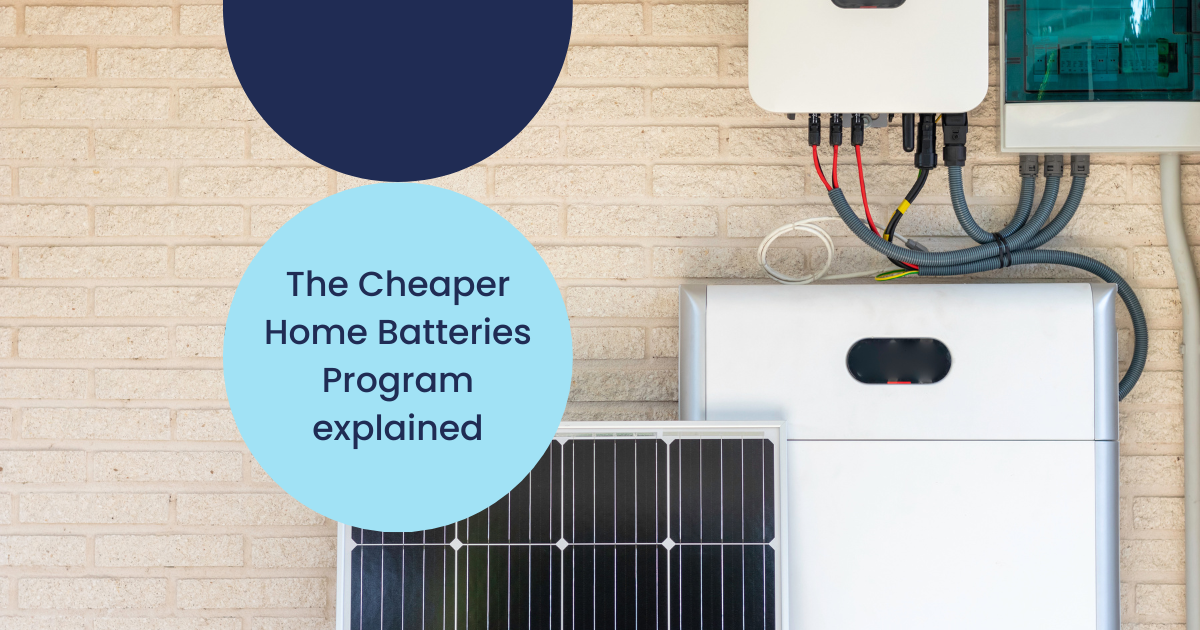On 1 July 2025, one of the federal government’s key election promises comes to life: a powerful battery rebate designed to supercharge Australia’s battery installations to one million by 2030.
Since its announcement earlier this year, the Cheaper Home Batteries Program has created serious buzz.
In fact, excitement around the rebate helped drive battery sales so high in May 2025 that – for the first time ever – battery sales outpaced solar PV sales. On 1 July, many of these newly installed batteries will finally be switched on, making them eligible for the rebate.
So, what exactly is the rebate, and does it live up to the hype?
Here’s what you need to know:
- The rebate currently covers 30% of battery system costs for households, businesses, and community facilities (e.g. sports centres, town halls). Yes, despite the name, this program also caters for certain business types!
- It will gradually reduce each year until 2030.
- Eligible systems must be between 5–100 kWh in nominal capacity, with the rebate applying to the first 50 kWh of usable capacity. (Originally, the rebate was only going to apply to systems up to 50 kWh.)
- Systems can be installed as a single battery unit or as a modular system functioning as one unit.
- The rebate is available for:
o New solar + battery installations
o Adding a battery to an existing solar system
o Upsizing an existing battery system*
- The rebate is intended to be stackable with eligible state-based battery incentives.
Is it worth the fuss?
Absolutely.
If you’re a small business looking to cut energy bills, a 50 kWh battery installation could save you up to $16,700 with this rebate alone.
To make the most of it, consider funding the system through a Smart Ease Payment Plan. That means zero upfront costs and manageable monthly payments – often improving cash flow from day one.
If you ever kicked yourself for missing out on solar during the heyday of feed-in tariffs, then you won’t want to sleep on this one. The 30% rebate won’t last – it’s set to gradually decline until 2030 – so now’s the time to act.
* Additional capacity added to an existing battery is eligible if: (1) the system has not previously received a rebate under the program, (2) the added capacity is at least 5 kWh, and (3) the total upgraded system does not exceed 100 kWh in nominal capacity.
Want to learn more about payment solutions for your business or your customers?

